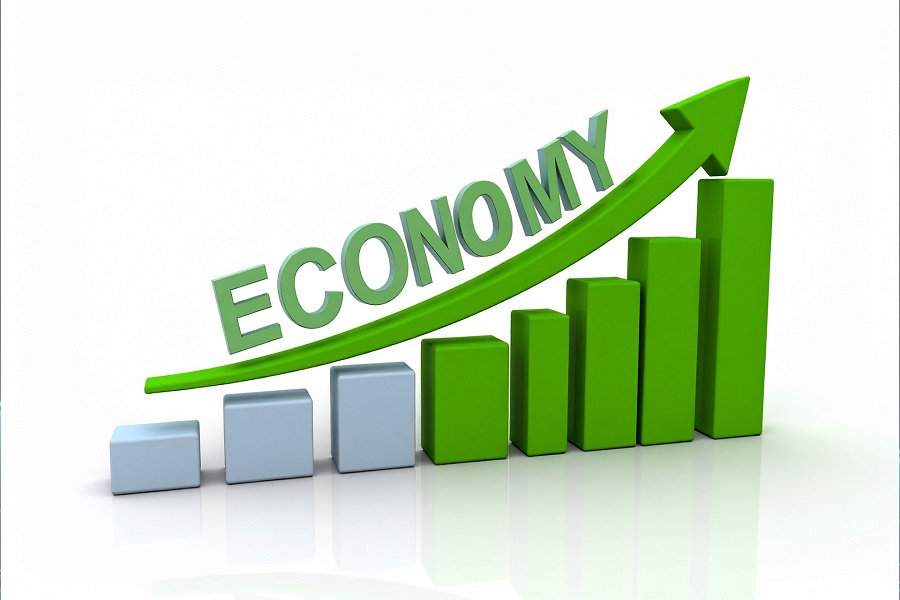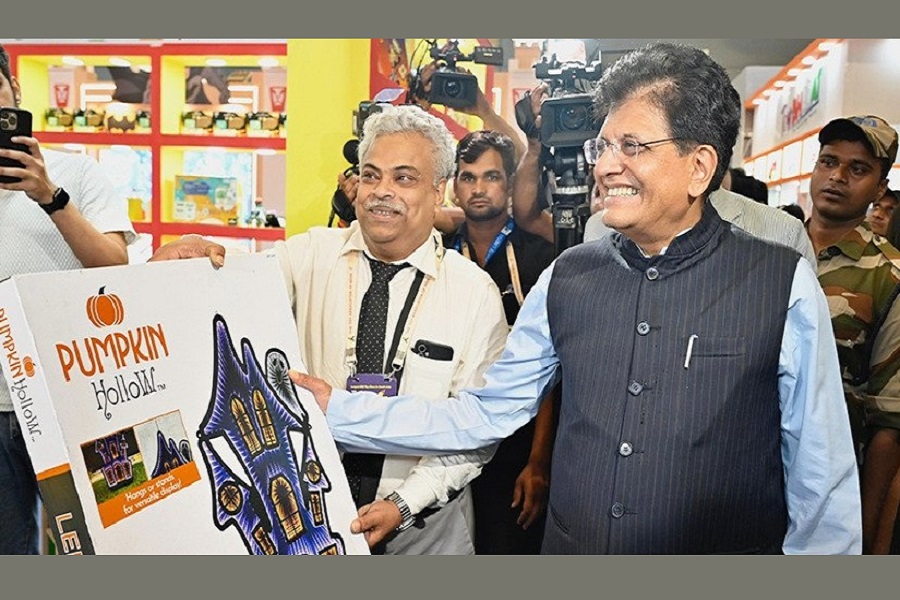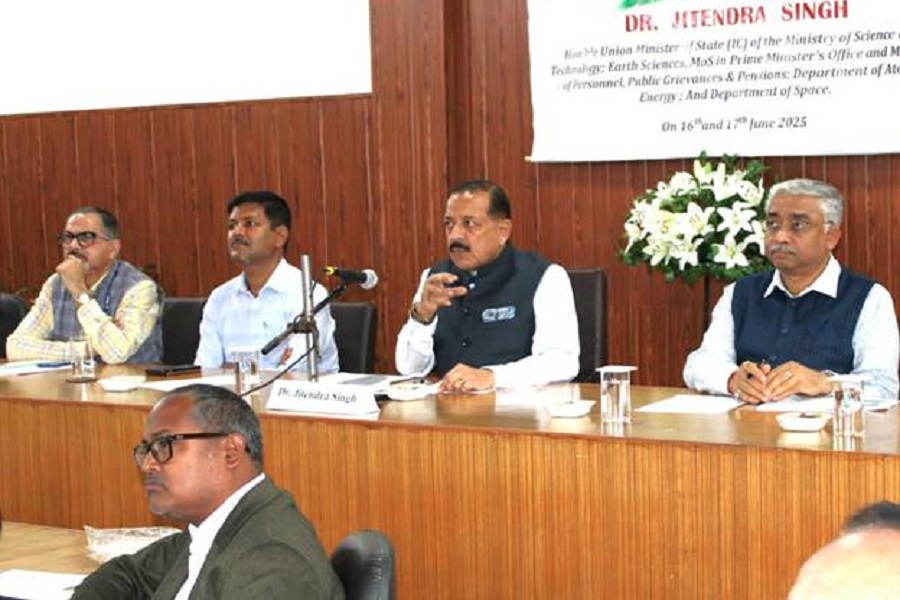The Economy Observer : Understanding monetary transmission - From policy actions to the real economy by Motilal Oswal Financial Services Ltd
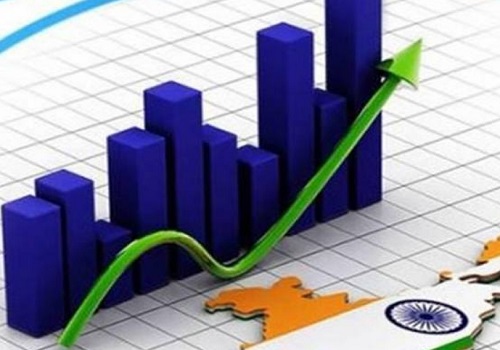
Understanding monetary transmission: From policy actions to the real economy
Rate cuts in 2025 set the stage for growth revival
* The 2025 monetary easing cycle in India represents a crucial development in the country's policy framework, highlighting the importance of monetary transmission for credit stimulation and economic growth. The Reserve Bank of India (RBI) reduced the policy repo rate by a total of 100bp, from 6.5% in Feb’25 to 5.5% in Jun’25. This was accompanied by significant liquidity measures, including a 150bp reduction in the Cash Reserve Ratio (CRR), open market purchases totaling INR4.05t, and foreign exchange swap operations amounting to USD25.1b. These actions collectively injected ~INR9.8t of systemic liquidity, fostering a favorable monetary environment.
* Given the scale and breadth of these policy actions, it becomes essential to understand their real economic impacts. This report aims to explore this relationship by detailing the theoretical framework that connects monetary tools—such as interest rates and liquidity operations—to credit expansion and, ultimately, to real GDP growth. We then adopt an empirical perspective, utilizing historical macroeconomic data, easing cycle timelines, and regression models to assess the effectiveness of policy tools (repo rate and liquidity tools) in influencing credit growth and GDP outcomes.
* Drawing from historical easing cycles and aligned with our regression analysis, we observe that monetary policy transmission to the real economy follows a multi-stage lagged pathway. The first leg involves the response of lending rates (WALR) to changes in the policy rate (repo). Our regression results show that the interest rate channel is the most effective means of transmission in monetary policy, with a regression coefficient of 0.87 showing a strong and significant passthrough from the policy rate to the weighted average lending rate (WALR) on outstanding loans. This implies that a 100bp change in the repo rate typically translates into an 87bp movement in WALR. Interestingly, the coefficient on net liquidity balance (as % of NDTL) is positive (0.077) but statistically insignificant (p ≈ 0.10). This implies that when the system experiences a liquidity surplus, WALR may move slightly higher. This counterintuitive sign can be attributed to several structural and timing-related factors. First, the RBI often injects liquidity after observing tight financial conditions, creating a lagged relationship where higher WALR precedes liquidity injections. Second, even under surplus liquidity, banks may not lower lending rates unless credit demand revives or risk premiums ease.
* The second leg evaluates the relationship between lending rates (WALR) and credit growth. We employ a dynamic regression model using quarterly data spanning from 1QFY13 to 4QFY25, where the dependent variable is credit growth (% YoY). Our best-performing model includes the WALR on outstanding loans, CPI (% YoY), net liquidity balance (as % of NDTL), a positive value denoting surplus liquidity-and lagged values of credit growth (1-period and 2-period lags) as the independent variables. The regression results strongly validate the model's explanatory power, with an R² of 0.91, implying that over 91% of the variation in credit growth is accounted for by the included variables. WALR emerged as a key determinant, with a statistically significant negative coefficient of approximately –0.89, affirming that lower lending rates stimulate credit expansion. Net liquidity conditions also played a supportive role, with surplus liquidity associated with increased credit growth. The model also emphasizes the importance of credit inertia, as evidenced by significant coefficients on lagged credit growth, which reflect persistent borrowing behaviors. Furthermore, inflation appears to have a positive effect, suggesting that moderate price increases may correlate with rising credit demand in a growing economy.
* The analysis of the final leg of the transmission mechanism in the macroeconomic context reveals a statistically significant but modest relationship between credit growth and nominal GDP. We perform a two variable regression model using quarterly data spanning from 1QFY02 to 4QFY25 with credit growth (% YoY) as the independent variable and nominal GDP growth (% YoY) as the dependent variable. Our regression results show that, a 1pp increase in credit growth is associated with approximately a 0.24pp rise in nominal GDP growth. However, the low explanatory power of the regression results (R² ~8.5%) indicates that GDP is influenced by a broader range of structural and cyclical factors beyond just monetary conditions.
* The analysis of historical monetary easing episodes in India reveals that the effectiveness of monetary policy transmission hinges critically on macroeconomic context and the strength of pass-through across various stages-policy rate to lending rates, to credit, and finally to real output. Empirical results aligned with regression evidence suggest that easing is most effective when inflation is low, fiscal deficit is contained, and financial sector conditions are stable enough to allow lending to respond. The 2015 cycle demonstrated this synergy, with a high transmission efficiency ratio (TER) of 78%, benign inflation (averaging 4.4%) and low fiscal deficit (averaged 3.4% of GDP), resulting in strong credit revival (+5.8 percentage points), and a corresponding uplift in GDP growth.
* In contrast, ineffective easing cycles like 2012-13 and 2019 (NBFC stress period) featured repo cuts of 125 and 135bp respectively, but recorded weak WALR response (only 40bp and 23bp decline), with TERs as low as 32% and 17%. These episodes were accompanied by either elevated inflation (9.7% in 2012) or financial instability, both of which impaired banks' ability and willingness to extend credit. Credit growth actually declined during these cycles (e.g., -0.7 pp in 2012, -4.1 pp in 2019), and GDP either remained flat or fell, highlighting broken transmission chains.
* The 2025 monetary easing cycle (Feb'25-Jun'25) stands out as a notably effective phase in India's recent policy history. A combination of well-timed repo rate cuts (100bp between February and June 2025), abundant liquidity and improved transmission to lending rates have created an accommodative monetary environment. Crucially, the macroeconomic backdrop has been conducive to easing. Headline inflation has remained moderate and comfortably within the RBI's target range, reducing the risk of policy reversal. It stood at 2.8% in May'25, averaging only 3.2% during the easing period (Feb'25- May'25). (Exhibit 14). We believe that the overall inflation trajectory is expected to remain benign at 3.8% YoY in FY26 (vs. 4.6% in FY25) as well, further allowing space for efficient monetary transmission. At the same time, fiscal consolidation has progressed, with the fiscal deficit narrowing to 4.8% of GDP in FY25 and budgeted at 4.4% of GDP in FY26, preserving macroeconomic stability and anchoring inflation expectations. On the real side, GDP growth has picked up to 7.4% in 4QFY25 from 6.4% in 3QFY25, signaling that easing is effectively stimulating economic activity.
* Given these dynamics, the current monetary policy environment is not only favorable for credit expansion but also likely to support further gains in output. With inflation anchored, fiscal support steady, and private sector balance sheets gradually improving, monetary easing in 2025 is well-aligned with macroeconomic fundamentals and will boost credit growth and real GDP growth in the next few quarters.
For More Research Reports : Click Here
For More Motilal Oswal Securities Ltd Disclaimer
http://www.motilaloswal.com/MOSLdisclaimer/disclaimer.html
SEBI Registration number is INH000000412




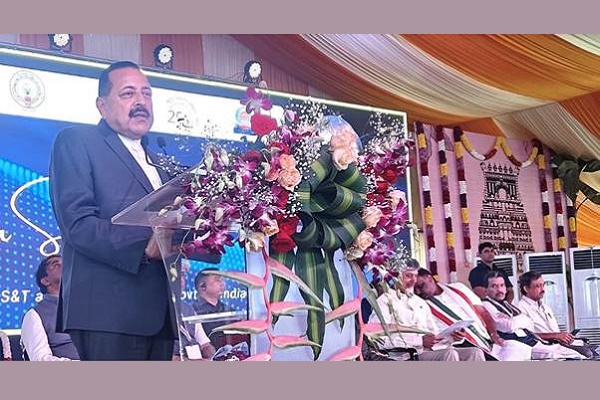

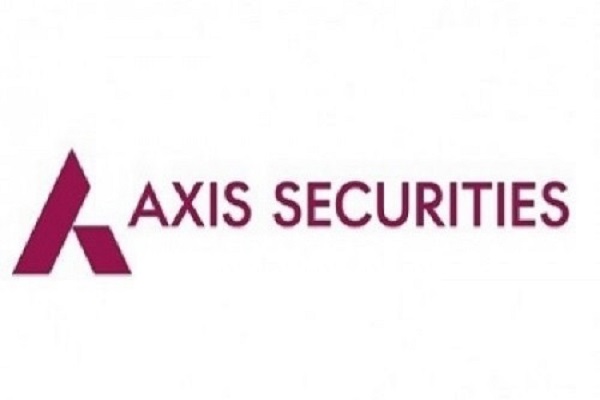

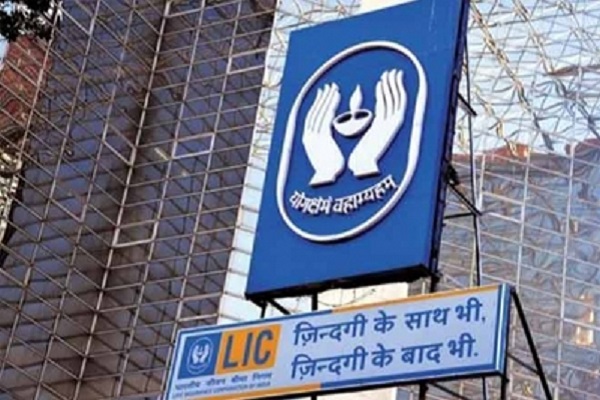

More News

India Strategy : GST 2.0: A new dawn by Motilal Oswal Financial Services Ltd
